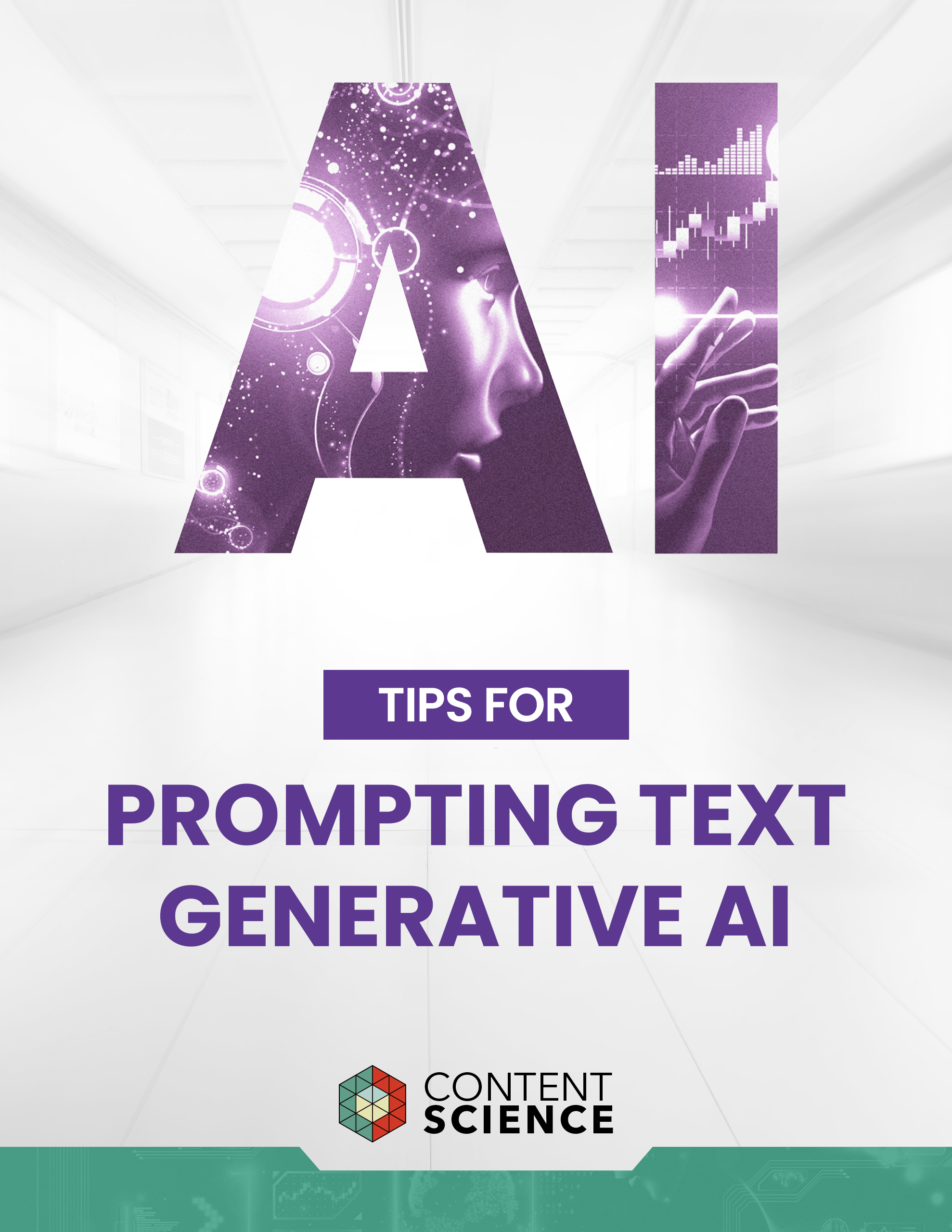
In a world where 75% of marketers say they will be responsible for the full customer experience in three to five years, there is a disconnect between content marketers and the business professionals they are serving in the business to business space. But is it the same for everyone?
As part of Missing the Mark, a series of global studies from The Economist Group and Peppercomm, we examined the content consumption habits and needs of two distinct groups of survey respondents:
- Veterans, those who have more than 10 years of business experience.
- Generation Next, those with less than 10 years of experience.
As we further explore the research in this piece, we’re incorporating conversations with business professionals across this spectrum, including:
- Our Veteran in the form of Geoffrey Colon, author of “Disruptive Marketing.”
- Our Generation Next representative, Ariel Norwood, Tastebook’s Community and Social Media Manager.
Here are four common content myths when it comes to content marketing and the business audiences it serves. As we dive deeper into the myths, we’ll also look at how it differs across the two distinct audiences.
MYTH 1: Products and services should be the basis of B2B content marketing
While content marketers continue to churn out content based on the services they are selling, business professionals are looking for more. They are looking for inspiration. And this covers the spectrum of experience. According to The Economist Group-Peppercomm research, 93% of marketers connect their content directly to a product or service, whereas 75% of business executives turn to content to research a business idea.
But why the disconnect? Internally, a siloed approach to communications finds companies have opposing needs for the content they produce themselves. In fact, 70% of brands measure the effectiveness of their content by the number of calls from prospects or customers, yet 85% say the primary reason for creating content is to build brand and positive perceptions of the company.
But what business content is actually resonating? Tastebook’s Ariel Norwood regularly looks for examples of how other businesses are succeeding and experimenting on the platforms that are most relevant to the work she does. “I’m looking for tidbits that either confirm or thwart my hypothesis on a new project or campaign. Or articles that challenge the status quo, or flip assumptions on their head. Even if I don’t agree with the conclusions, it’s good to have your thoughts, theories and assumptions challenged.”
Colon is of the same mind-set: “When I do find content, I like items that give me two takeaways: What can I do with it right now to apply to my job? What can I do with it in the long run as the world continues to transform? I want my point of view in the world to be provoked. Don’t simply tell me what to do, because that will probably change very quickly. Give me guidance on where the world is headed. The majority of business content doesn’t have any point of view.”
MYTH 2: Making content searchable is the number one priority for B2B content
The needs and ways of accessing information for those in the B2B space are changing as we see the next generation of business executives take shape. According to the Missing the Mark research, the use and importance of search may be losing ground as we look across the two generations. Thirty-three percent of Veterans find it important versus 21% of Generation Next, and there has been a significant drop in the use of search, with only 45% of Generation Next using search often, compared to 62% of Veterans.
We’re also seeing the way the building of trust is shifting across the generations. While both Veterans and Generation Next care about company reputation, colleague recommendations are a growing factor in whether content will be consumed. Thirty-five percent of Veterans (versus 23% for Generation Next) look to media as a trustworthy source of content, whereas 35% of Generation Next (versus 17% of Veterans) look to their colleagues.
“At the risk of exposing my own bias,” says Norwood, “I have many friends who share interesting articles. I’m more likely to consume a piece in its entirety if it’s recommended by someone I personally know and trust. How’s that for a stereotype?”
But even media organizations are being challenged. Colon is looking for amazing data to be rolled up into creative thought leadership, while a Generation Next-er, like Edelman Digital Content Planner Alison Peters, looks directly to the source of the data for credibility. If her colleagues are subscribing to it, it’s more often than not credible versus reports or articles without any brand cache found randomly online.
In “Clout: The Art and Science of Influential Web Content,” Colleen Jones predicted that social and search would battle as the gateways to the Internet. And more recently she noted that the battle has intensified with the drive to personalize search results and social feeds.
MYTH 3: If you’re making B2B content, you should focus only on text
While both groups spend more than four hours a week consuming business content and prefer text to video and audio content, Generation Next are more than twice as likely to open video compared to senior executives and prefer smartphones before desktops/laptops when consuming business content.
Colon sees this exact behavior amongst his teams. “Millennial audiences definitely consume things differently than older workers. This may be due to the fact the former is more used to social media and mobile than the latter.”
So the answer is a more nuanced approach: Ensure you have a variety of content that is easily sharable and consumable, but make sure there is deep written insight at the end of the content journey for this audience, no matter what their age.
MYTH 4: B2B content marketing is more about tailoring content to the needs of a business and not the people in it
This is a very obvious myth! Yet Microsoft’s Geoffrey Colon sees this time and time again. Most of the content he encounters isn’t successful as it isn’t personally relevant to the people businesses are trying to reach.
“Businesses forget a big factor in why people would engage with content. They have this view that as long as it’s credible and utilitarian, well, then it will succeed. But I want content to have as much of a personal relation to me than simply a business relation. I love music, so if you’re a marketing analytics company that can use music as an analogy to connect with me and in your business case study, I’m going to consider you more than the company that simply says, ‘We do business with 100 of the top companies in the world!’”
But we have to look beyond personal interests and also understand where our audience is in terms of seniority in the company. Instead of focusing on just how content is being consumed, businesses need to more intimately understand how the needs of their audience will shift over time, and as their audience becomes more senior, the content needs to become more nuanced.
“I’m consuming less content,” says Norwood. “It seems like the further you advance in your field, the more specific your questions become. I also find that I look for more content rooted in real-world examples, or those that speculate around changes or possibilities. I’m looking more for thought pieces than instruction.”
The same goes for Colon. “I don’t have the same goals and objectives I did 20 years ago. Most who are less experienced or have less objectives than I do are happy with what I call the ‘elementary forms of content.’ As you become more vested you want more dynamic pieces, things that make you think and that capture your attention. There’s plenty of content; the thing I need is something that is the most informative for what I need to solve for.”
Content Myths: Conclusion
Content needs are changing, but there is still room for a spectrum of content as content creators find a better understanding of the shift that is taking place. The problem continues to lie in what businesses are creating at the core of the experience. As the millennial generation begins to move into the executive space, they will be looking more at a trusted colleague to find what they need, not merely more video, interactive tools or “cool” social experiences. Personal touchpoints are key, but business content still must provide real insight and inspiration versus blatant product marketing. That point will never change.
Ultimately, businesses have to be more hyper-personal and really understand the nuanced audience they need to reach to be successful. And to be that focused, what they tout must be central to their core purpose. But most of all, don’t waste your target’s time. As Norwood puts it, if she could magically have anything in terms of consuming content, it would be, “frankly, more time.” You have one shot, so don’t waste your chance on misconceived content.
Events, Resources, + More
Workshop: Are You Ready for AI?
Is your organization really ready for AI at scale? Let the Content Science team guide your leaders through assessing 4 areas of readiness.
Course: Prompting Text Generative AI
Learn how to bring out the full potential of text generative AI to create impactful content from this on-demand course.
Webinar: Benchmarks for Content Effectiveness
It's not about more content. It's about more effective content. Gain tips based on Content Science's unique research + experience.
The Ultimate Guide to End-to-End Content
Discover why + how an end-to-end approach is critical in the age of AI with this comprehensive white paper.






Comments
We invite you to share your perspective in a constructive way. To comment, please sign in or register. Our moderating team will review all comments and may edit them for clarity. Our team also may delete comments that are off-topic or disrespectful. All postings become the property of
Content Science Review.